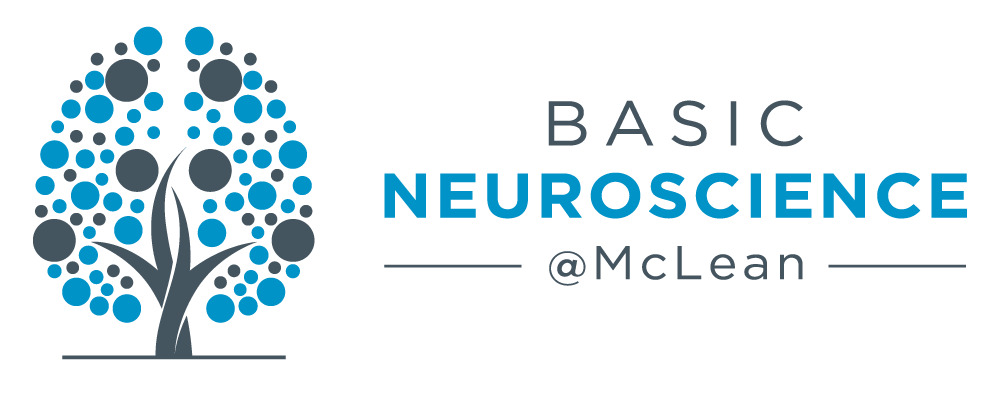Investigators
Consensus Diagnosis
Clinical and Neuropathology Data from Brain Donors – Consensus Diagnosis
As a key aspect of the HBTRC's work is collecting comprehensive clinical and neuropathological information on each donor in order to formulate a postmortem diagnosis. We work with the donor's family to acquire extensive information about the donor, including health records, a family questionnaire and a copy of the donor's death certificate. A full neuropathological assessment is carried out on each donor, and a de-identified report can be shared with investigators.
Once all this documentation pertaining to a donor has been collected, it is reviewed by clinicians and then discussed by the Consensus Diagnosis Team, which includes HBTRC clinicians, neuropathologists, researchers and clinical liaisons. During the meeting, any disagreement is discussed in detail, and the supporting documents are reviewed again if needed until a consensus is reached.
Diagnosis of Neurological Disorders. The neuropathology report represents a key source of information for the diagnosis of neurological disorders. The health records and family questionnaire are also reviewed carefully to assess whether the clinical brain diagnosis, made during the life of the donor, matches the neuropathology assessment. When discrepancies are detected, the health records are carefully reviewed to determine whether there may have been different opinions between clinicians at distinct time periods. Discrepancies are noted as distinct Clinical Brain and Neuropathology diagnoses. Health records and family questionnaires are also carefully assessed for the presence of psychiatric symptoms. These are not uncommon in several neurological disorders (e.g. dementias, Huntington's Disease), but may also have been present as a distinct condition prior to neurological symptoms.
Diagnosis of Psychiatric Disorders. The Clinical Brain diagnosis is based in large part on health records, family questionnaires and any additional information the donor's family may be able to provide. Discrepancies between different health records from the same donor are often due to the disease course from onset to death, as well as to diverging clinical opinions. Responsiveness to specific medications often provides helpful clues. The neuropathology assessment is used to evaluate pathological abnormalities that may be present, even if a donor was clinically asymptomatic.
Assessment of Unaffected Controls. Health records, family questionnaires and neuropathology reports are used to confirm the absence of brain disorders. It is not uncommon for donors over the age of 60 years old to present with pathology consistent with aging (e.g. Braak and Braak stage III or IV), while no cognitive decline or other related symptoms were noted in the health records. These occurrences are noted by making a distinction between clinical and neuropathological diagnosis.
Consistent with NIH-NBB protocols, four distinct diagnoses are considered:
Clinical Brain Diagnosis
Neuropathology Diagnosis
Genetic Diagnosis
Systemic, Non-Brain, Diagnosis
Clinical Brain Diagnosis
Psychiatric and neurologic clinical diagnoses are made based on review of clinical data, including medical records and/or interview or questionnaires administered to family members or other knowledgeable informants.
Please note that neuropathology examination results are not included or considered in the formulation of the Clinical Brain Diagnosis. Neuropathology Diagnosis, made based on neuropathological examination, is provided separately. For the majority of donors, the Clinical Brain Diagnosis and the Neuropathology Diagnosis are consistent with each other. However, discrepancies between the results of the two diagnostic procedures are possible. Examples are provided below for clarification.
Example #1: Clinical data support a diagnosis of Alzheimer's disease. This clinical diagnosis is not confirmed by neuropathological examination, which provides evidence for a diagnosis of Frontotemporal Dementia.
Clinical Brain Diagnosis: Alzheimer's disease
Neuropathology Diagnosis: Frontotemporal Dementia
Example #2: Clinical data support a diagnosis of Schizophrenia and Alzheimer's disease. Neuropathological examination is diagnostic of Alzheimer's disease changes.
Clinical Brain Diagnosis: Schizophrenia and Alzheimer's disease
Neuropathology Diagnosis: Alzheimer's disease
Example #3: Clinical data support a diagnosis of Schizophrenia. Clinical records do not support a dementia diagnosis, but neuropathological examination is diagnostic of Alzheimer's disease changes.
Clinical Brain Diagnosis: Schizophrenia
Neuropathology Diagnosis: Alzheimer's disease
Basis of Clinical Brain Diagnosis:
Confirmed Clinical Brain Diagnosis has sufficient evidence to 1) make a clinical diagnosis based on medical history and genetic data, or 2) make a clinical diagnosis by the consensus of expert clinicians, or 3) confirm the absence of any brain-related diagnoses (i.e., Unaffected Control).
Neuropathology Diagnosis
The Neuropathology Diagnosis is based on the neuropathological assessment. Note that there may be discrepancies between the Clinical Brain and Neuropathology diagnoses, as a diagnosis during life may not be consistent with neuropathological findings (see examples above).
Genetic Diagnosis
The Genetic Diagnosis where applicable and available, is based on genetic testing carried out during the life of the donor or as part of postmortem research.
Systemic Diagnosis
The Systemic Diagnosis reflects any major non-brain-related illnesses, such as diabetes, high blood pressure, etc. It is important to take systemic illnesses into account, as these diseases and the medications needed to treat them can impact the brain and brain disorders.


